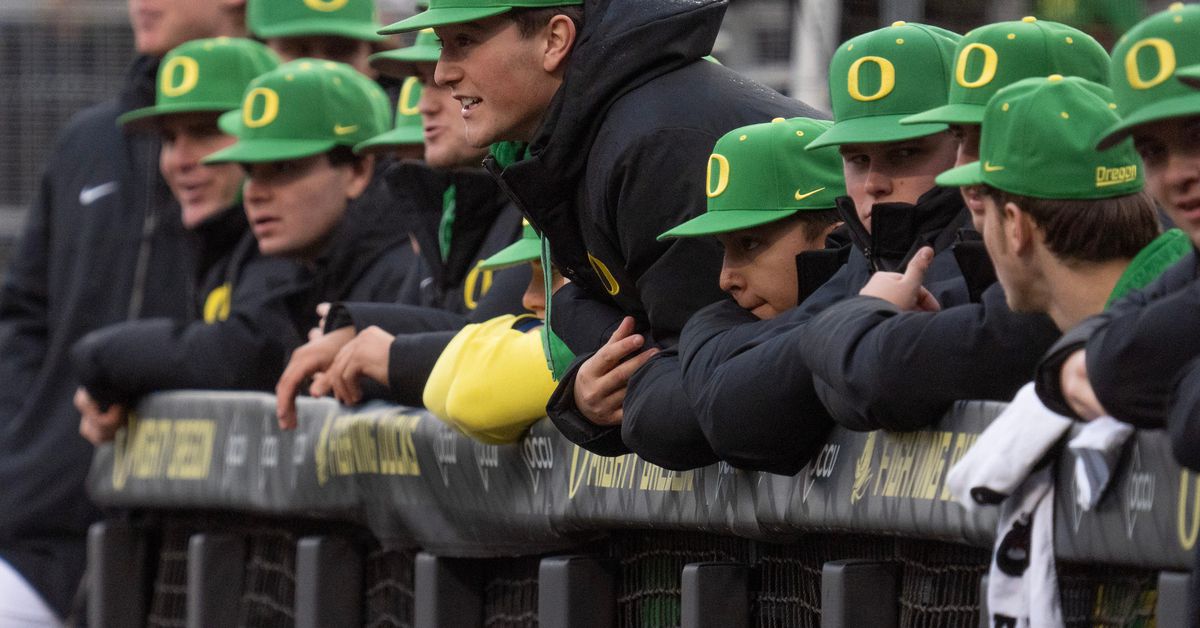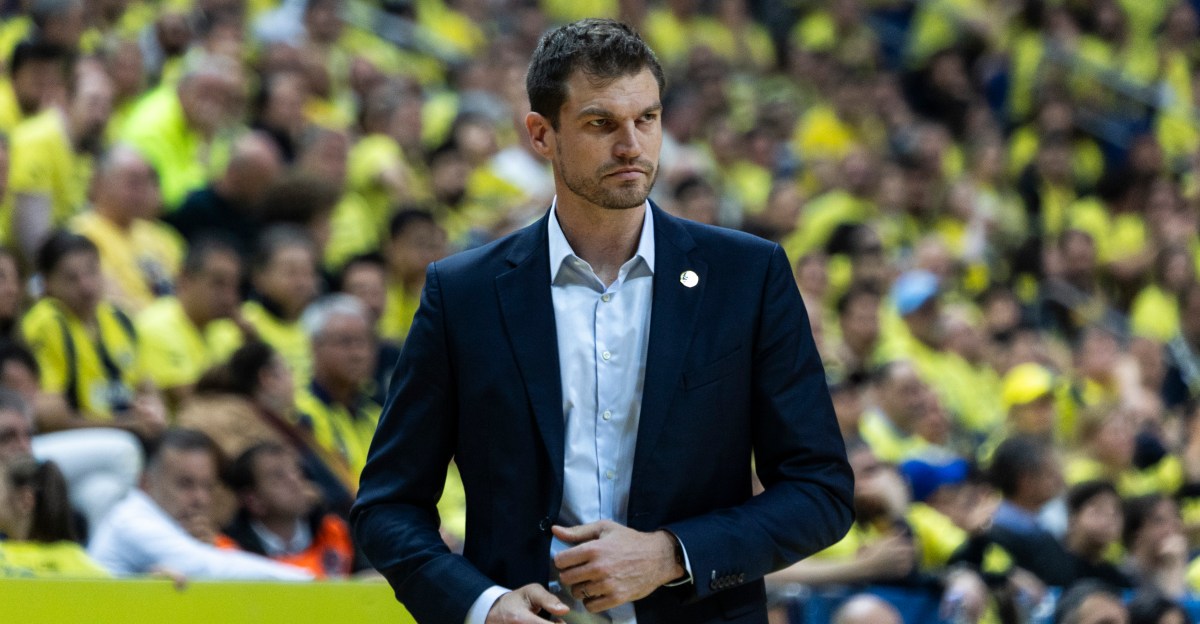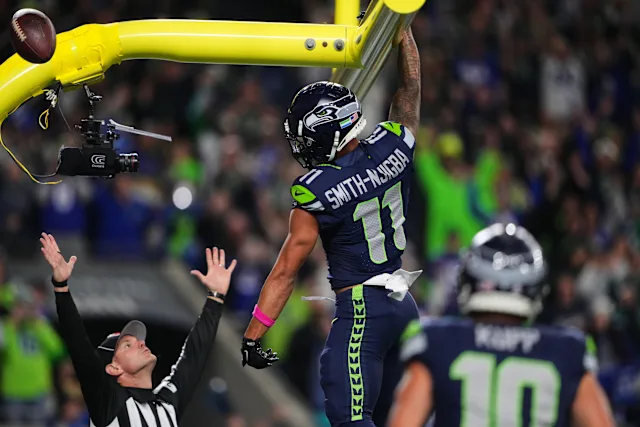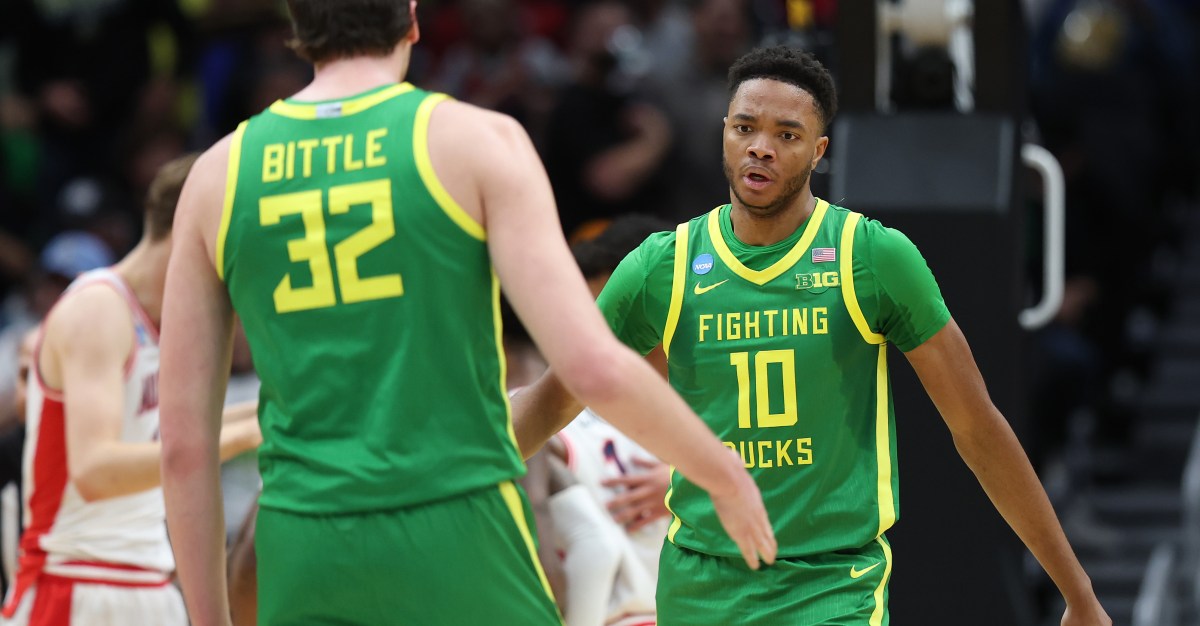Oregon Baseball: Postseason Statistical Comparison
Though the playoffs are still ongoing, Oregon’s run in the baseball post-season is over. As such, I decided it would be a good time to do a follow up to last summer’s look at their performance statistics and compare them to teams that reach Omaha. One of the benefits of doing this project again is that I can examine five full seasons worth of data after the pandemic-interrupted 2020 season for the Oregon.
:no_upscale()/cdn.vox-cdn.com/uploads/chorus_asset/file/25874487/IMG_1886.JPG)
Badwater
The Ducks have generally been seen as relying more on their hitting than on their defense to win most games. How did the 2025 team compare to their Pac-12 predecessors and a typical CWS batting line up? I will go over the definitions of the batting stats I used.
HR/AB – Home Runs per At Bat is right as it says “on the tin,” the total number of home runs a player hit divided by their number of at bats.
AVG – Batting average is the number of base hits (regardless of how many bases the batter took) divided by the number of at bats.
OBP – On Base Percentage adds the number of times a batter got on base (including walks and being hit by a pitch) and divides by the number of at bats.
SLG – Slugging average is computed as the total number of bases a batter attains off of their hits (so singles count 1, doubles, 2, etc.) divided by the number of at bats.
OPS – OPS is the sum of OBP and slugging average, and intended to measure a combination of a batter’s efficiency and power.
Since the Super Regional round of the 2025 season is this weekend, I won’t be including teams from the 2025 CWS (yet…). After censoring any batter with fewer than 120 plate appearances on the season, here is the central tendency and spread for a “typical” CWS batting line up.
CWS Batting 2019-2024
| Stat | HR/AB | AVG | OBP | SLG | OPS |
|---|---|---|---|---|---|
| Stat | HR/AB | AVG | OBP | SLG | OPS |
| Median | 0.043 | 0.300 | 0.400 | 0.500 | 0.904 |
| Std Dev | 0.014 | 0.019 | 0.021 | 0.052 | 0.068 |
Tristan Holmes and sports-reference.com
Now, how have various Ducks teams compared?
Oregon Batting 2021-2025
| Team | Season | AVG | HR/AB | OBP | SLG | OPS |
|---|---|---|---|---|---|---|
| Team | Season | AVG | HR/AB | OBP | SLG | OPS |
| Oregon | 2021 | 0.297 | 0.033 | 0.398 | 0.477 | 0.875 |
| Oregon | 2022 | 0.319 | 0.036 | 0.396 | 0.499 | 0.895 |
| Oregon | 2023 | 0.310 | 0.050 | 0.391 | 0.536 | 0.927 |
| Oregon | 2024 | 0.286 | 0.047 | 0.385 | 0.492 | 0.877 |
| Oregon | 2025 | 0.307 | 0.071 | 0.423 | 0.579 | 1.002 |
Tristan Holmes and sports-reference.com
In terms of power, this most recent team is the best the Ducks have fielded in quite some time! While the batting average isn’t quite as high as its 2022 peak, it is still an improvement over last season. The on base percentage is better than any recent team. Although the 2025 team was better than a typical CWS batting line up in almost every category, they also faced a weak strength of schedule playing in the Big Ten. Trying to estimate how much of the improvement from 2024 to 2025 is due to the conference change would need to be a separate article. That said, it is a long off season so please leave a comment if that is something you would be interested in me exploring.
:no_upscale()/cdn.vox-cdn.com/uploads/chorus_asset/file/25874469/IMG_1836.JPG)
Badwater
Many fans have agreed that the area where the Ducks have the biggest room for improvement is their pitching. Do the numbers agree with this assessment? As before, I will use the same data as last summer’s assessment for College World Series “benchmark” numbers (though I may update this after the super regionals). First, a glossary of the pitching statistics I will use.
ERA – Earned Run Average estimates how many runs a pitcher will surrender in the course of a given game. It is computed by taking the total earned runs a pitcher gives up, dividing by innings pitched, then multiplying by 9.
HR9 – An estimate of how many home runs a pitching staff gives up in a typical game. This is found by taking the number of home runs a pitcher gives up, dividing by the number of innings pitched, and then multiplying the result by 9.
BB9 – Bases on Balls per 9 innings. Similar to HR9, but estimates the number of batters allowed on base due to walks.
SO9 – Strike Outs per 9 innings. Similar to HR9, but estimates how many batters the pitcher will strike out.
WHIP – Walks Plus Hits per Inning Pitched adds the total number of base hits and walks a pitcher gives up, then divides by the number of innings pitched. The result estimates how many players a pitcher will allow on base in a typical inning.
With the data for each pitcher on teams that reached the CWS, I first censored any pitcher who had less than 30 innings on the mound throughout the season. I then computed team performance in each statistic. This resulted in the medians and standard deviations shown in the table below.
CWS Pitching 2019-2024
| Stat | ERA | HR9 | BB9 | SO9 | WHIP |
|---|---|---|---|---|---|
| Stat | ERA | HR9 | BB9 | SO9 | WHIP |
| Median | 0.447 | 0.991 | 0.392 | 1.097 | 1.286 |
| Std Dev | 0.074 | 0.275 | 0.064 | 0.127 | 0.114 |
Tristan Holmes and sports-reference.com
Once again censoring any pitcher with less than 30 full innings on the mound, Oregon’s pitching over the last five years shakes out as follows.
Oregon Pitching 2021-2025
| Team | Season | ERA | HR9 | BB9 | SO9 | WHIP |
|---|---|---|---|---|---|---|
| Team | Season | ERA | HR9 | BB9 | SO9 | WHIP |
| Oregon | 2021 | 0.400 | 0.744 | 0.314 | 1.017 | 1.252 |
| Oregon | 2022 | 0.500 | 1.085 | 0.445 | 0.903 | 1.469 |
| Oregon | 2023 | 0.607 | 1.338 | 0.516 | 0.894 | 1.497 |
| Oregon | 2024 | 0.471 | 1.033 | 0.505 | 1.072 | 1.335 |
| Oregon | 2025 | 0.452 | 0.868 | 0.439 | 0.992 | 1.269 |
Tristan Holmes and sports-reference.com
We can see that the pitching performance has continued to improve from its nadir in 2023, and in most cases is actually quite close to an “average” CWS team (all statistics are within a single standard deviation from the median). It is, again, difficult to tell how much of this is any improvement by Oregon and how much is because Big Ten batters aren’t generally as capable as those in the defunct Pac-12. It is worth noting that the biggest relative gaps between the 2025 Ducks pitchers and the CWS numbers are BB9 and SO9, with Z-scores of 0.736 and -0.824, respectively. The conclusion is Oregon pitchers were more likely to miss the strike zone than a typical CWS lineup. This lends credence to the idea that a weak schedule might make their other numbers look better than would have been in the old Pac-12.
The numbers from the 2025 season show that the formula for Oregon baseball to take the next step remains unchanged from last off-season: keep the bats where they are and improve the pitching. That is easier said than done, obviously, or it would have been taken care of already.
How do you think the Ducks should go about improving their defense? Do they need the collective to put together an NIL package to lure away a true ace from another program? Is it more important to put together a bull pen that can reliably finish a game if the starter doesn’t last five full innings? Leave your thoughts in the comments, they may inspire more analysis!
Share this content:















Post Comment